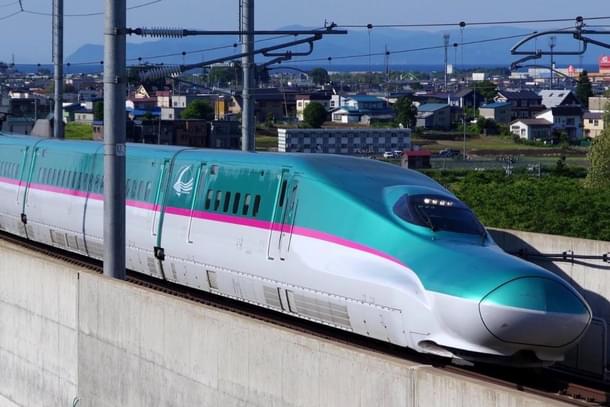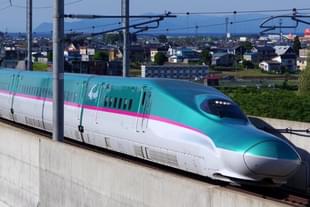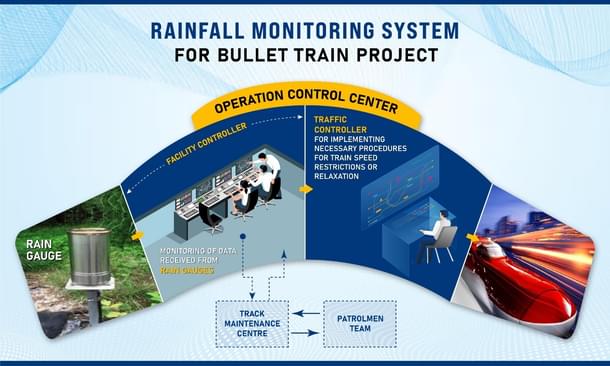Infrastructure
Six Automated Rainfall Monitoring Systems To Be Installed Along Bullet Train Corridor
Swarajya Staff
Jun 14, 2024, 01:23 PM | Updated 02:35 PM IST
Save & read from anywhere!
Bookmark stories for easy access on any device or the Swarajya app.


In a move to ensure the safe operations of bullet train services, an automated rainfall monitoring system will be deployed along the Mumbai-Ahmedabad High-Speed Rail (MAHSR) corridor.
The National High-Speed Rail Corporation Ltd (NHSRCL), overseeing the project, plans to install six instrumented rain gauge stations across the 508 km corridor, in Thane and Palghar districts. These stations will be placed near critical locations such as vulnerable earth structures, mountain tunnel entrances/exits, and tunnel portals.
Each rain gauge station covers an approximate radius of 10 km and includes a tripping cell that generates signal pulses in response to collected rainfall volumes. These pulses are transmitted via a signal communication line to the Facility Controller System at the Operation Control Centre (OCC), where they are meticulously monitored in real time.
The data collected, including hourly and 24-hour rainfall measurements, will be relayed to the traffic controller. Based on this information, necessary adjustments to train speeds will be implemented to ensure safety and operational efficiency.

"Specific regulations will be enforced based on the rainfall data and threshold values type of earth structure and natural slopes for each section duly validated by patrolling teams activated through Maintenance Centers,” NHSRCL said.
Additionally, the NHSRCL is installing anemometers at 14 locations along the corridor — nine in Gujarat and five in Maharashtra — to monitor wind speeds. These devices will specifically focus on areas such as river bridges and zones prone to gusts, which can affect train operations on elevated viaducts.
An anemometer is a type of disaster prevention system designed to provide real-time wind speed data within the range of 0-252 km h, spanning 0 to 360 degrees. If wind speeds range from 72 km h to 130 km h, the train speeds will be adjusted accordingly.
To further enhance the safety of passengers and critical infrastructure during earthquakes, the project will deploy 28 seismometers.
This early earthquake detection system, based on Japanese Shinkansen technology, will detect earthquake-induced tremors through primary waves and enable an automatic power shutdown. Emergency brakes will be activated when the power shutdown is detected and the trains running in the affected area shall stop.





